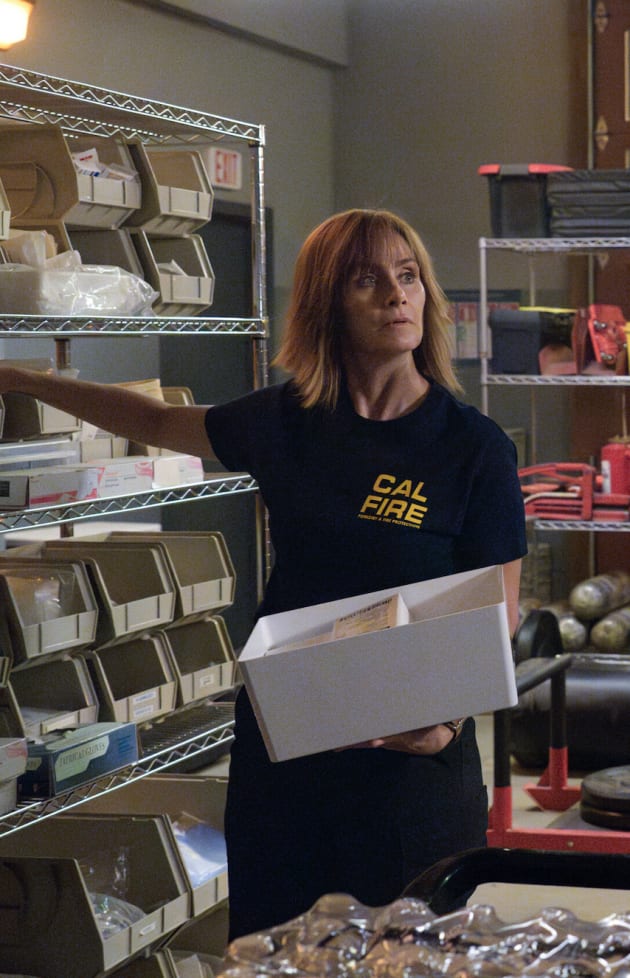Picture Google, before it hit IPO with a workforce expanding too quickly to remember your team member’s surname, let alone whether they prefer to be emailed or called with queries.
This is what Claire Hughes Johnson experienced when she was the tech giant’s vice president. She saw the firm go from having 1800 to 60,000 employees in a matter of years.
To get a grip on the “insane” growth, Johnson created an instruction manual on how she prefers to work so that her team could get the best from her – their manager.
She called the document “working with Claire”.
Johnson found herself in a similar position when she joined the payment platform, Stripe, as chief operating officer in 2014. Again, it was growing fast.
This time, instead of just sharing her usual manual with workers (which was expanding from 160 people to now 7,000), she encouraged new hires to write their own too.
She found that the onboarding process made people more productive and more included in those first weeks of joining a company.
“You’re actually completely cutting off all of that studying and reading between the lines and jumping right to work – and hopefully, right to feeling more comfortable working together,” she adds.
The “working with me” guide – which Johnson claims the serial entrepreneur and former Twitter VP, Elad Gil called “catnip for founders” – is the inspiration behind her new book “Scaling People”.
This is everything managers and their new hires need to know about making their own blueprints.
How to make your own “working with me” manual
For both new hires and managers, there should be at least two sections on your “working with me” guide: The ways you like to work, literally, and the ways you handle work, emotionally.
For example, we all have different communication preferences.
In Johnson’s original guide, she broke down exactly which communication channels she prefers for different types of messages.
“It has a combination of ping me on Slack if it’s this type of thing. Or if it’s this type of thing, I’d rather you just stick it in our one-to-one doc, and let’s cover it in our weekly meeting,” she says.
The aim of this exercise is to make an “implicit set of preferences explicit to people”, Johnson adds. This can get really granular, even to the point of detailing how long it takes you to review documents or whether you don’t like to be contacted on your personal number.
“I’ll never forget at Google, I was in a meeting and my boss – who never called – called me. I thought my phone was on fire. But the fact that he never called me I knew that I had to pick up the phone,” Johnson says.
For workers, knowing exactly how their manager will contact them in various situations, ranging from dropping a casual hello to a full-blown emergency, removes any stress-inducing mystery.
“It reduces anxiety because you don’t have to figure out ‘does my boss want me to call them?’,” Johnson adds.
Then there’s the second section which is more behavioral.
This could include how you make decisions, what you’re like under stress, what you look like when you’re slacking off and whether you prefer to tackle head-down tasks in the morning or afternoon.
Johnson’s manual said: “I am not a micromanager necessarily, I’m gonna give you space to do your work. But the first time that we’re doing something, I will get really into the details of it to learn it.”
She added that to her guide after a worker said that he didn’t feel trusted because of her unusually high involvement in a new project. As soon as she highlighted that this was reflective of her own behavior around new tasks and not his talent, he felt much better about the situation.
“The goal is that nobody has to wonder when they first start working with me what to expect, or how it’ll feel in a meeting with me, or what I might be like to work with,” Johnson says.
The more high-growth the company, the more detailed the document should be to make up for the fact that managers and staff will be moving around the business quickly.
Finally, a bonus section Johnson suggests for new hires is important dates that you’d like your new team to know about, like your birthday or if you’ve got a wedding coming up. Meanwhile, saving space to add accomplishments, as and when they happen, provides a place to bank your achievements.
Why feedback is a gift
While new hires and managers can include the same sort of information on their user manual, Johnson recommends those in leadership positions get feedback on theirs.
“I think if you don’t get feedback on it from the people who work with you, you’re not going to get the bigger goal accomplished,” Johnson says.
By asking your people for feedback on your “working with me guide” you may learn more about yourself and what you’re like to work with.
For example, Johnson found out that humor is “pretty fundamental” to how she works after her assistant at the time read her guide and pointed out that it was missing “you don’t like to have a meeting unless people are laughing”.
Meanwhile, encouraging the whole team to get feedback on each other’s guides can facilitate talking about where everyone’s strengths and weaknesses lie without causing offense.
“Frankly, if you’ve got colleagues and you can’t talk to each other about who’s going to be better at which assignment it’s going to be hard to succeed for both of you,” Johnson adds.
Use the guide for check-ins
The document shouldn’t be something people create in the first week of working at your firm and then forget about.
While your document probably won’t need updating – Johnson hasn’t really updated hers in 12 years – it’s a good basis for an annual check-in with your manager/subordinate.
Taking a step back to review whether the document is still reflective of how you like to work is invaluable to gaining self-awareness, witnessing personal growth, and breathing life into a stale routine that no longer works for you.
Managers and their reports should ask each other: How could I improve? How are we working together? What would you like to see me do better?
Johnson calls it a “mutual feedback session”.
“The working with me doc could be a great entree into having that conversation,” she says.
Plus, the section with accomplishments achieved that year makes it easier for managers to evaluate workers’ performance.
Over time this open dialogue can help high-growth companies with retention – something they notoriously struggle with because when a team is growing too fast it can be easy to feel forgotten.
“Too many people think retention is about benefits. Retention is about people feeling valued and engaged, and that they’re contributing and having an impact,” Johnson says.
She adds that practices like the “working with me guide” can help leaders keep “focused on the humans involved and not just on the growth”.


















:quality(85):upscale()/2023/09/13/661/n/1922564/e914a1066501cc897903d6.08615338_.png)









